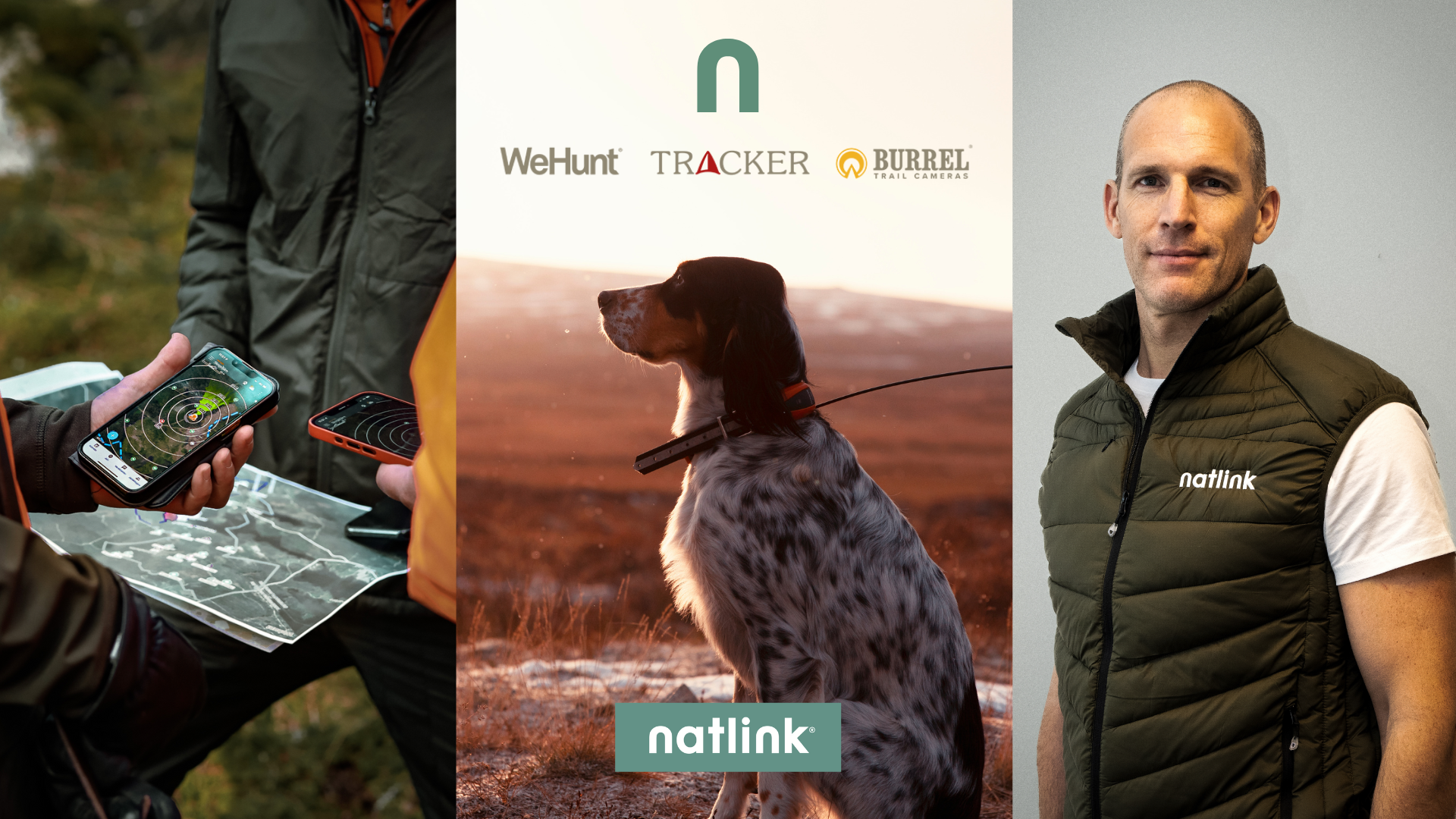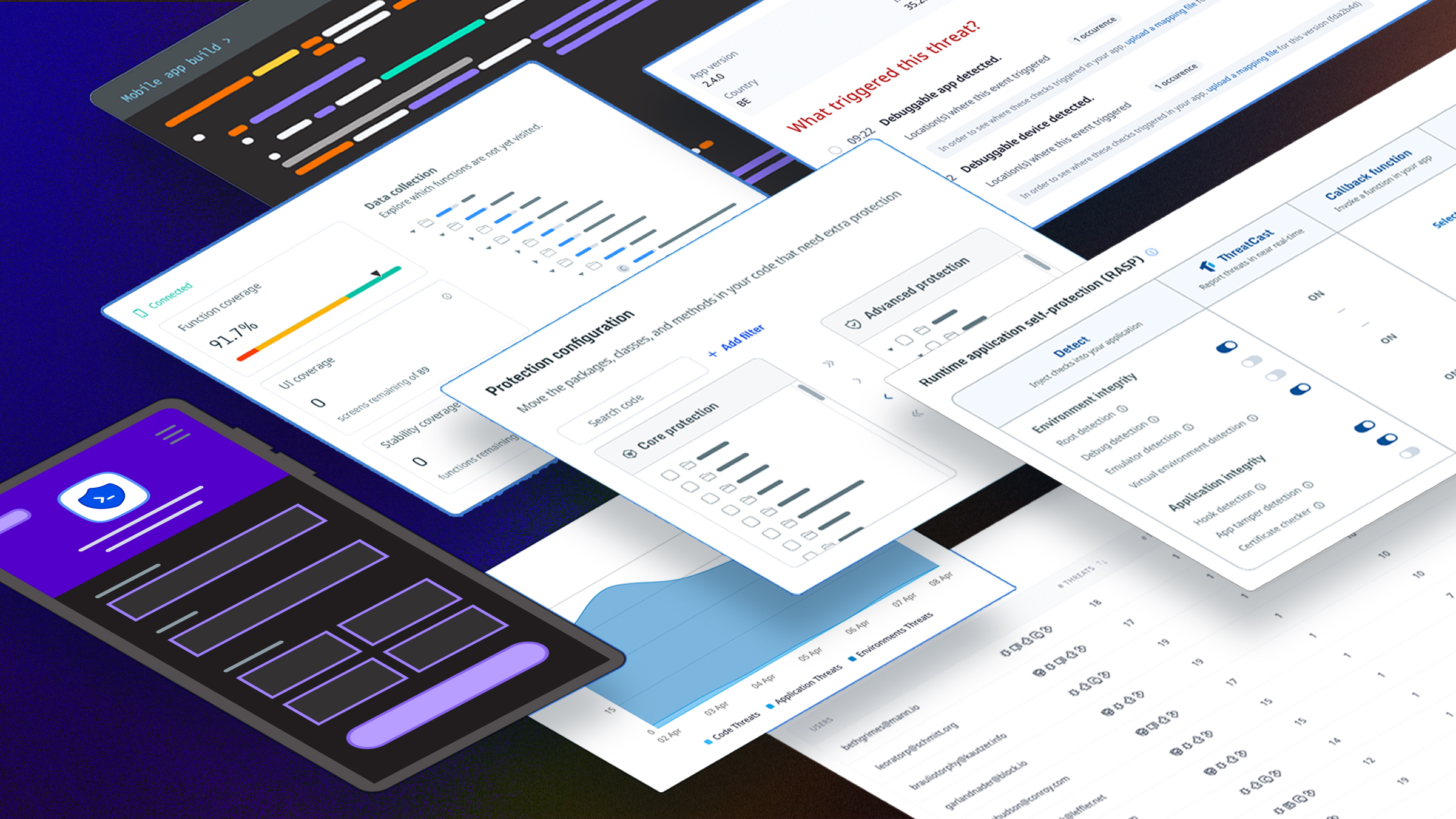As Verdane’s Head of Analytics, Peter Finden Bamrud leads a team of data analysts and engineers tasked with helping Verdane and our more than 60 portfolio companies drive better business decisions by analysing their enterprise data for insights. Working as part of Elevate, Verdane’s 15-strong in-house team of operational experts, Peter’s team works to enable all employees at every level of our portfolio companies’ organisations to make confident decisions. Here he shares seven building blocks to consider for any company looking to become more data-driven.
Reading corporate announcements and interviews over the past few years, one would be forgiven for thinking that the majority, if not all, companies today use machine learning, big data analytics and artificial intelligence. While the organisations featured in the news will have made definite progress in their data journeys, remember that “proprietary machine learning algorithms” or “big data projects set to revolutionise an industry” isn’t how they got started on their data journeys – so nor should you. For all the buzzwords, sometimes data awareness and productivity alone will suffice to deliver value for your firm. So start with the basics!
When my team and I sit down with Verdane’s portfolio companies, we always try to make one thing crystal clear during our early discussions: being data-driven is not a binary trait. There are multiple steps to becoming truly data-driven. Before you get started, you need to decide:
- What do we want to get out of this?
- How do we best prioritise between the defined projects, to achieve the overall goal? (Since there are most likely several things you want to accomplish)
1) Start with the low-hanging fruit by looking at data visibility – how can you better visualise and grant access to existing data to enable data-driven decisions? By maximising the use of existing data you will simultaneously establish knowledge about the data you have, need and want. A great tool for driving improved data visibility and business intelligence is Microsoft PowerBI, that lets you combine data sources, calculate metrics, visualise data and automate – all in a user-friendly way that requires no advanced skills.
2) The next aspect is data management. If you discover during the first phase that a lot of essential data points are missing to make good decisions, that historic changes are not stored, or that your data is stored in silos, then make sure to start capturing and/or organising your data immediately. From activating additional features in your existing software setup, capturing data in static form by downloading it, to getting to think about a data warehouse, the point here is to make sure you have all the data you need.
3) Once your data is in order, you can start looking at productivity improvements. To drive productivity improvements at scale, you need to empower employees by providing direct access to your company’s data in a way that lets them use it independently to analyse and gain insights about their business area. Depending on your organisation’s data literacy, you can either delegate access to one stakeholder per business area, or provide access for everyone at the firm. Not only will this create momentum and efficiency for decisionmakers, it will also improve productivity in your analytics function/team as it can refocus on deeper analysis or capturing more relevant data instead of creating reports or analyses for stakeholders that can now produce it themselves.
4) Once productivity improvements start to materialise, data-driven business development can harness data to guide projects, increase speed and productivity and impact the strategic fundamental core of your business.
5 & 6) To enable the organisational shift to data-driven business development, you will want to work on your organisation’s data culture, team and skillset as well as the ability to work in agile and iterative ways. Start requiring that all important decisions, company targets and personal goals be made based on hard facts and data to establish a data-driven mindset amongst your employees. Support this change by upskilling or bringing in the data talent you need to enable this change, and empower your employees to dare to analyse, future-proof and fail fast.
7) Last – but certainly not least – data governance! Varied definitions of the term abound, so here is the way we look at data governance at Verdane. When data becomes a core asset that determines the success of your business, you need to implement some sort of framework to ensure that all data stakeholders are able to use the updated, high-quality data confidently. Beyond managing your data, you need a system of rules and procedures to ascertain data capture, distribution, and quality control. Building this framework is essential for enabling organisational trust in your data and for creating a self-reinforcing cycle of better analytics, strategic decisions and business results. Data governance is therefore crucial to safeguard the long-term success of any data journey.
With this brief introduction, you should now have a basic understanding of the outline of your data journey and progress within it. As I see it, data journeys are never finished – with ever-incoming streams of fresh data, there will always be new ways in which you can improve your business. If you have the patience to start at the beginning and take one step at a time, you will eventually see tangible and measurable improvements to your business.
Reach out to Peter at peter.finden.bamrud@verdane.com.


